Patio Units include 2 or 3 doors where only one of the panels is active. Many patio units also feature a screen door allowing the active panel to be open for a breeze but keeps out the bugs.
Screen Size
Traditional patio screens have a 3″ aluminum frame around the mesh screen. Slim patio screens have a 2″ aluminum frame around the mesh screen.
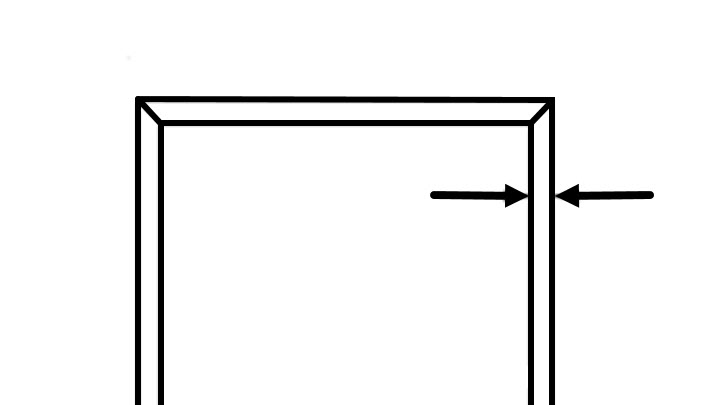
Standard-Hung
Patio screens have wheels in both the top and bottom of the door. This allows them to slide along the track at the top and the groove in the sill.
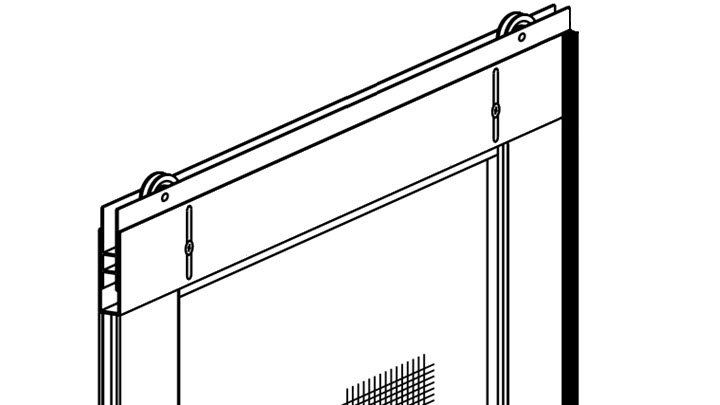
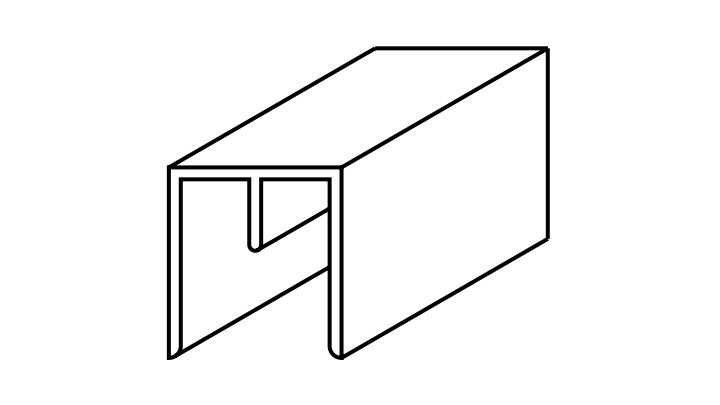
Top-Hung
A standard hung patio screen is inserted into adapters with premium rollers for a smoother slide, however the screen must be shorter to fit the opening.
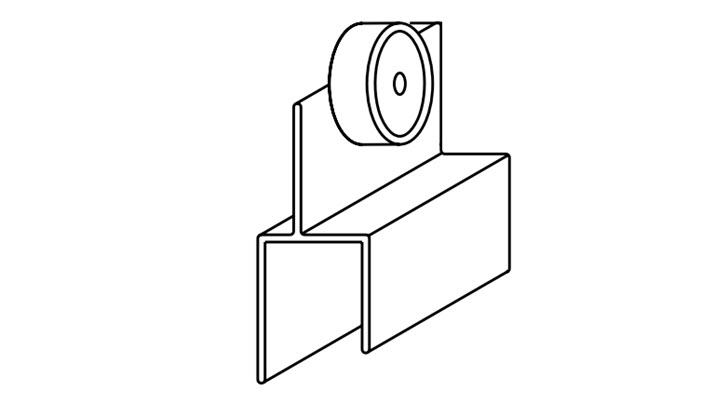
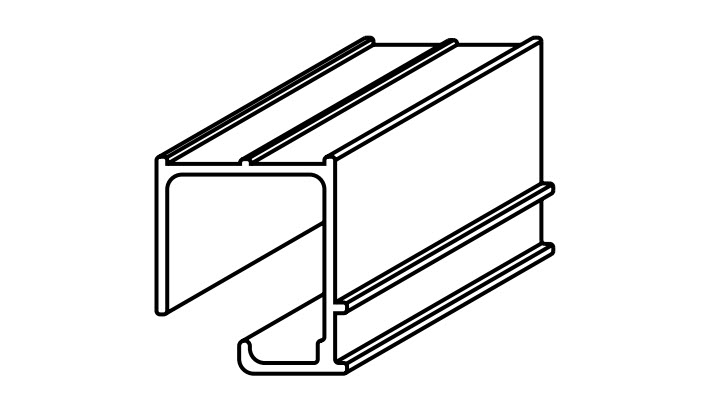
The traditional 3″ framed patio screen is for a top-hung option, and while the slim 2″ framed patio screen is for a standard-hung option.
Unit Considerations
The size of the jamb matters when it comes to the track used with the patio screen.
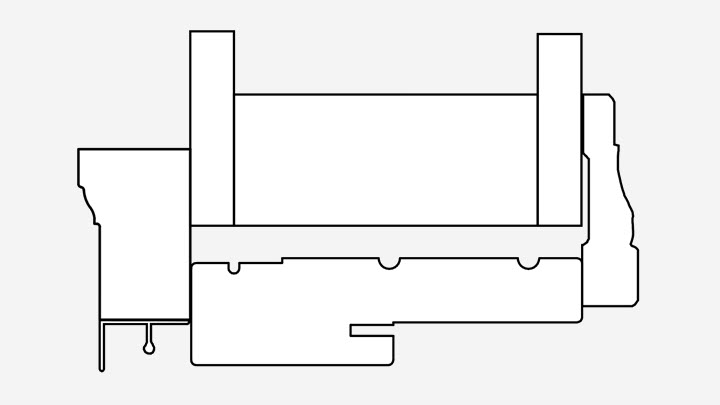
When using a 4-9/16″ jamb depth, the screen track is applied on the underside of the brickmould.
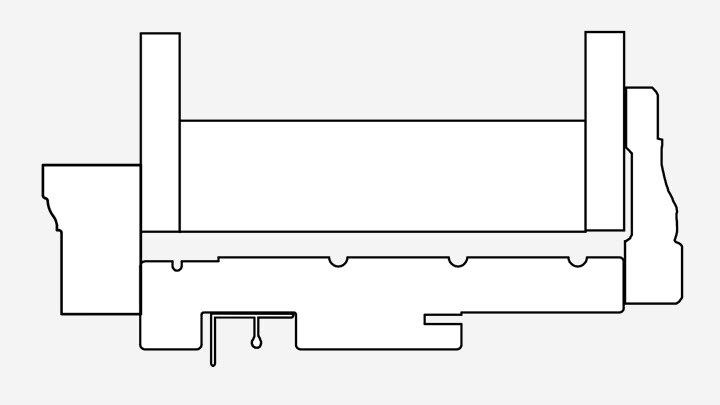
A 6-9/16″ patio jamb is machined with a recessed dado to attach the screen track.
Patio units also use a different mullpost than a standard unit.

A standard mullpost is 3-9/16″ meaning the edge of the mullpost sits back from the edge of the sill. If this size mullpost was used, there would be a gap between the edge of the mullpost and the screen.

A patio mullpost is 4-3/8″ sitting out closer to the edge of the sill. When the screen door is closed, the weatherstrip on the screen will connect with the patio mullpost sealing the unit from bugs.
Patio units need a patio sill for the screen.

A composite adjustable sill used with a non-patio unit has a flat aluminum approach.

A composite adjustable sill used with a patio unit includes a notch on the aluminum approach which connects with the wheels at the bottom of the screen to help it slide.